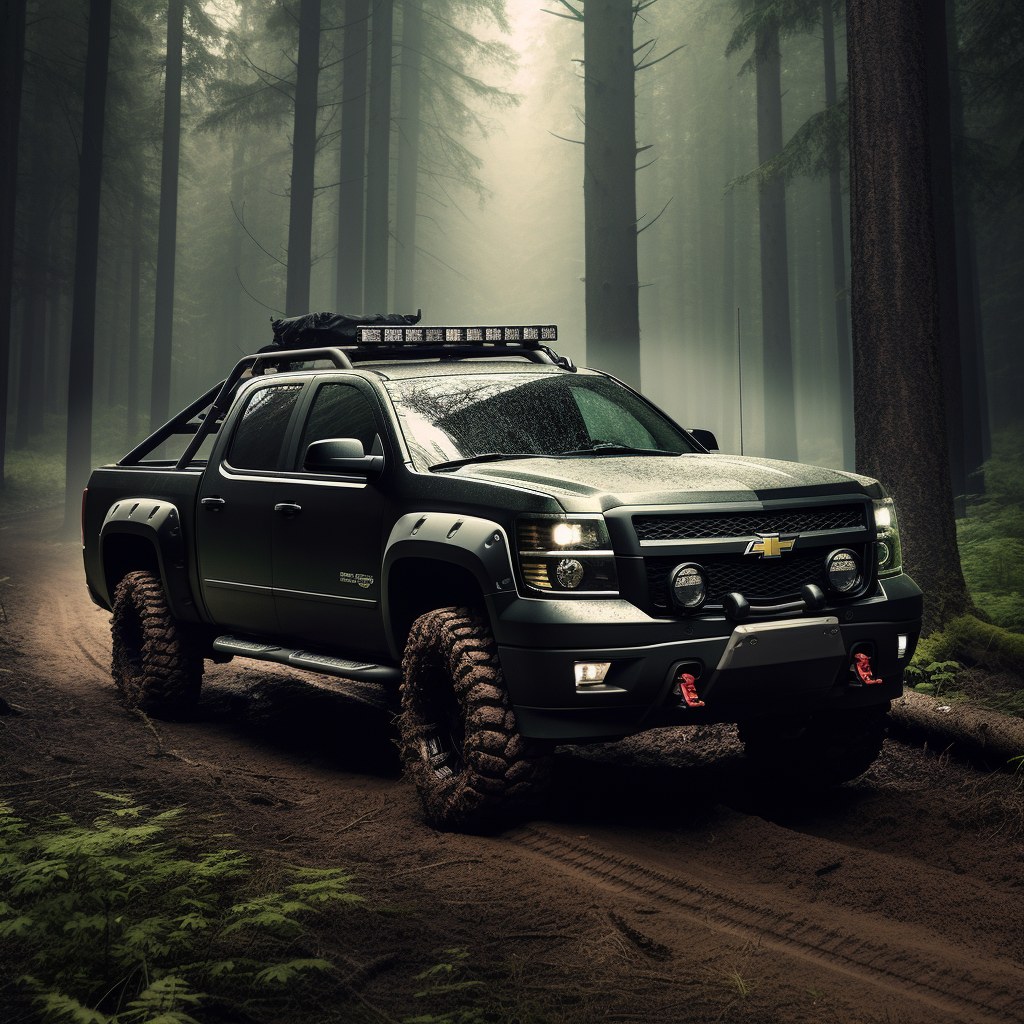The Chevrolet Avalanche, a unique blend of an SUV and a pickup truck has left an indelible mark on the automotive landscape since its introduction. Combining versatility and functionality, the Avalanche quickly gained a devoted following for its innovative mid-gate system, allowing the bed to expand into the cabin.
Chevrolet produced the Avalanche between 2002-2013 before discontinuing it when it failed to meet sales expectations. Due to a lack of data, we only ranked the best and worst years of the Chevrolet Avalanche’s second generation (2007-2013). Although the Avalanche is a popular vehicle and has an extensive fanbase, there are some years we suggest avoiding. We summarized our findings in the table below, followed by an explanation of our sources. We also thoroughly examine each year of the second generation.
|
Worst Years |
Why? |
|
Low FIXD Reliability Score, average maintenance costs, bad oil pressure sending unit |
|
|
Extremely high repair and maintenance costs, low FIXD Reliability Score, a large number of NHTSA complaints |
|
|
Low FIXD Reliability Score, oil pressure sending unit problem |
|
|
High repair and maintenance costs, an increased number of recalls and complaints |
Chevrolet Avalanche Engine Reliability Score, Safety Ratings, MPG, and Value v.s. Maintenance & Repair Costs – Year by Year
The initial graph illustrates reliability, focusing on the FIXD and Owner Reliability Scores. The reliability scores are of utmost importance in evaluating different model years of the Chevrolet Avalanche.
We use our unique FIXD devices installed in Chevrolet Avalanches to collect and translate data into the FIXD Reliability Score (objective). Next, we use answers to questions from owner surveys to create the Owner Reliability Score (subjective).
The first year of a new generation usually has a lower reliability score than years later. We are only analyzing the second generation of the Avalanche, but the first year of it is a model we recommend avoiding.
After the engine reliability graph, we use National Highway Traffic Safety Administration (NHTSA) data to graph the average safety scores of the Avalanche. We include the average safety rating of all vehicles with data. Next, we graphed miles per gallon from data on fueleconomy.gov. Lastly, we use Kelley Blue Book (KBB) to acquire the market value of each year and graph it alongside the annual repair and maintenance cost. We obtained the yearly cost from answers to the owner surveys.
After the graphs, we look at each model year of the second generation of the Chevrolet Avalanche. We review the above metrics, the truck’s most common diagnostic trouble codes (DTC), and safety recalls.
The Chevrolet Avalanche has a cult following, but other trucks are worth exploring. Trucks like the Toyota Tundra, Ford-F-150, and Nissan Titan are all trucks that stack up to the Avalanche.
If you’re in the market for a car, take a look at our article on the USA’s most reliable and cheapest to repair cars in the U.S. Don’t get stuck with a lemon, use our data to help you shop.
Engine Reliability Score – Over The Years
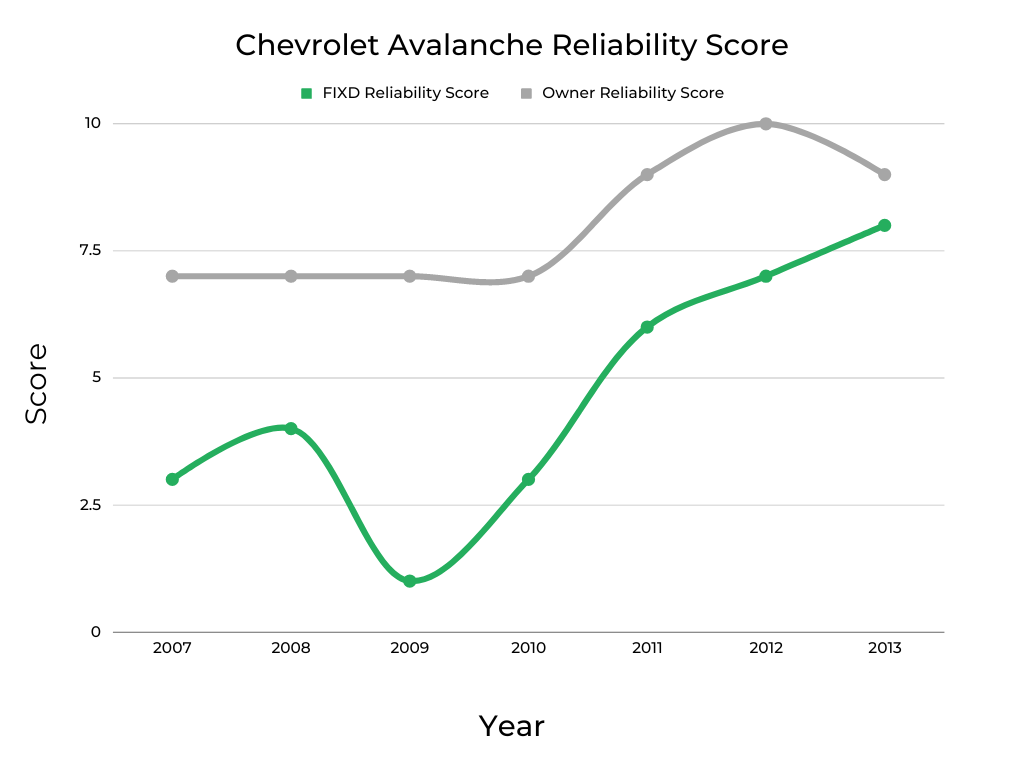
We picked the best and worst years of the Chevrolet Avalanche based on reliability. We’ve devised two unique scores using our exclusive data, making it easy to compare. Both scores use the same scale: 1 is the worst, 5 is the average, and 10 is the best rating.
The first score is the FIXD Reliability Score, represented by the green line on the graph. We calculated this score by tracking the number of check engine lights (CEL) reported by our app users and dividing it by the number of cars. We then weighted the score based on an average of 12,000 miles driven annually.
We look deeper at the Avalanche’s check engine lights and most common causes, which may be similar to the most common Chevrolet DTCs.
The second score, the Owner Reliability Score (gray line), comes from surveys taken by Chevrolet Avalanche owners. These surveys capture their firsthand experience and provide subjective opinions on reliability. We translated these responses into numerical scores. For more details on the question asked and our methodology for determining this score, please refer to the note about data and information section located at the bottom of this article.
Reliability Scores typically start low and improve in the newer models. The Chevrolet Avalanche improved from 2007-2008 but dropped to its lowest FIXD Reliability Score of 1/10 in 2009. It then increased each year until its best score of 8/10 in 2013.
Every year the Owner Reliability Score is higher than the FIXD Reliability Score. This trend is common; the Avalanche never dips below an Owner Reliability Score of 7/10 (2007-2010), and its highest is 10/10 in 2012.
A car’s reliability is often worse than an owner might want to believe. We hypothesize that owners of older models slowly become accepting of higher-than-average check engine lights being thrown because they have owned the car for a long time. They are either a frog in a pot of boiling water, not realizing the car is deteriorating slowly and getting worse. OR they simply haven’t compared the reliability of their older model to the often newer and more reliable models of today.
Loyalty to an older vehicle may also affect the Owner’s Reliability Scores. If a car has lasted 20 years, it would be immensely reliable in the owner’s eyes, even if it had to have repairs and triggered many CELs along the way.
NHTSA Safety Score – Over The Years
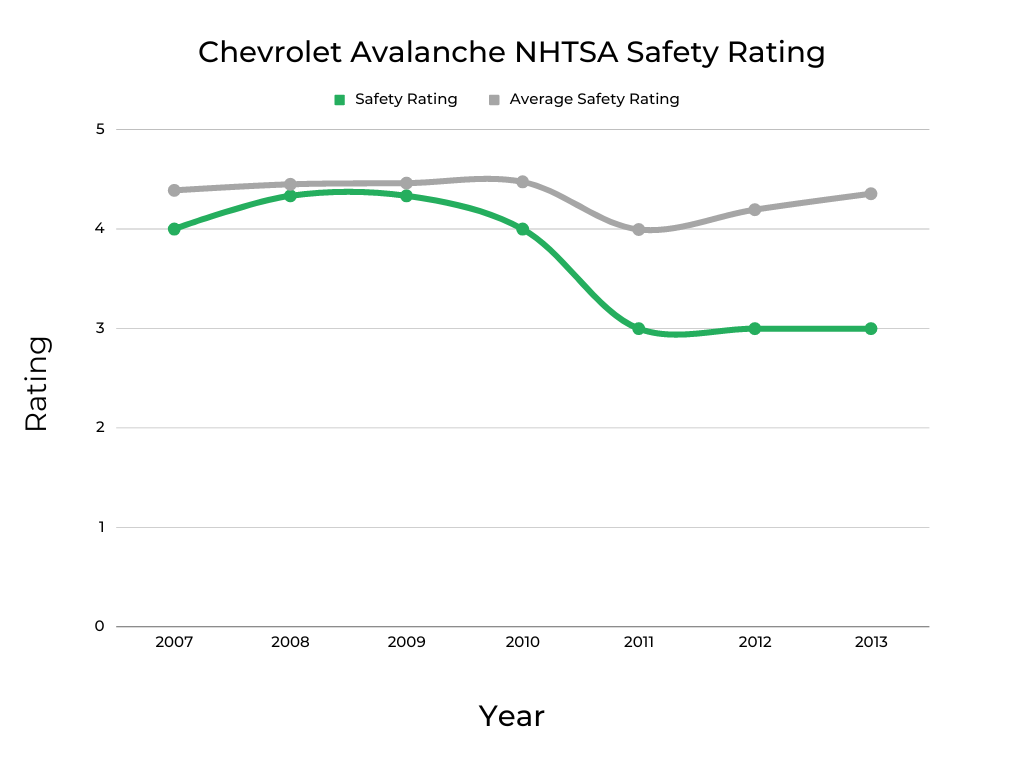
We graphed the Chevy Avalanche’s average safety rating from the NHTSA as the green line above. We also graphed the average safety rating of the entire automotive industry as a gray line.
Overall, the Chevrolet Avalanche would not be considered a safe bet, and the most reliable years of the car, 2011-2013, ended up being the unsafest with a safety rating of only three out of five stars. The truck’s best scores are in 2008-2009 when the NHTSA gave it an average of 4.33 stars out of five.
Another truck from the automaker, the Chevrolet Silverado, has much better safety ratings. The lowest average between 2007-2013 was 3.75 in 2007, while the other years ranged from 4.4-4.6.
While it might not be helpful if you’re a Chevrolet Avalanche owner, a good safety rating can help you get cheaper car insurance. If you live in one of the states listed below, we can show you the cheapest vehicles to insure in yours.
| What Used Cars Are the Cheapest To Insure In: |
| Ohio |
| North Carolina |
| Michigan |
| Georgia |
| Texas |
| New York |
| Illinois |
| Pennsylvania |
| California |
MPG – Over The Years
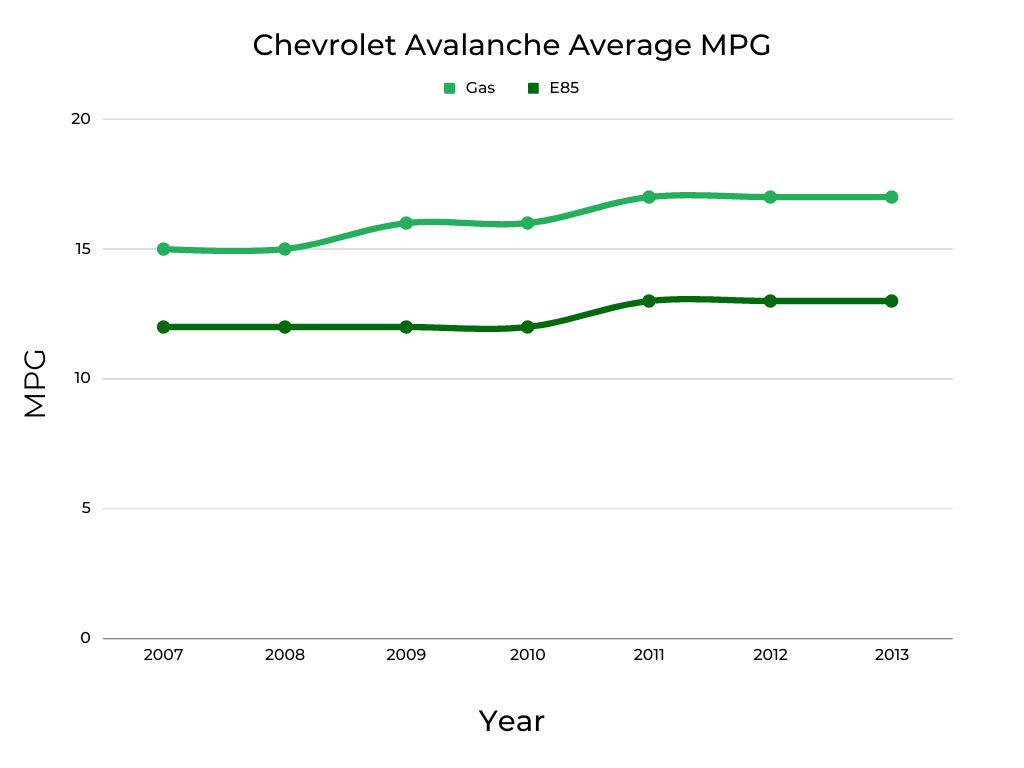
We took the fuel economy of the Chevrolet Avalanche from fueleconomy.gov and graphed it above. The second generation of the Avalanche offered a flex-fuel engine, allowing it to use E85. The average miles per gallon of gas is the light green line, while the dark green line represents the average miles per gallon of E85.
Like any full-size truck, the average miles per gallon is not impressive, but it stays consistent and increases every two years. The average for gas was 15 mpg in 2007-08, 16 mpg in 2009-10, and 17 mpg in 2011-2013. The average E85 was 12 mpg in 2007-2010 and 13 mpg in 2011-13.
The Ford F-150 follows the same trend with the exact miles per gallon for each year between 2007-2013.
Current Market Value of All Chevrolet Avalanche Years & Cost Per Year to Repair and Maintain Each
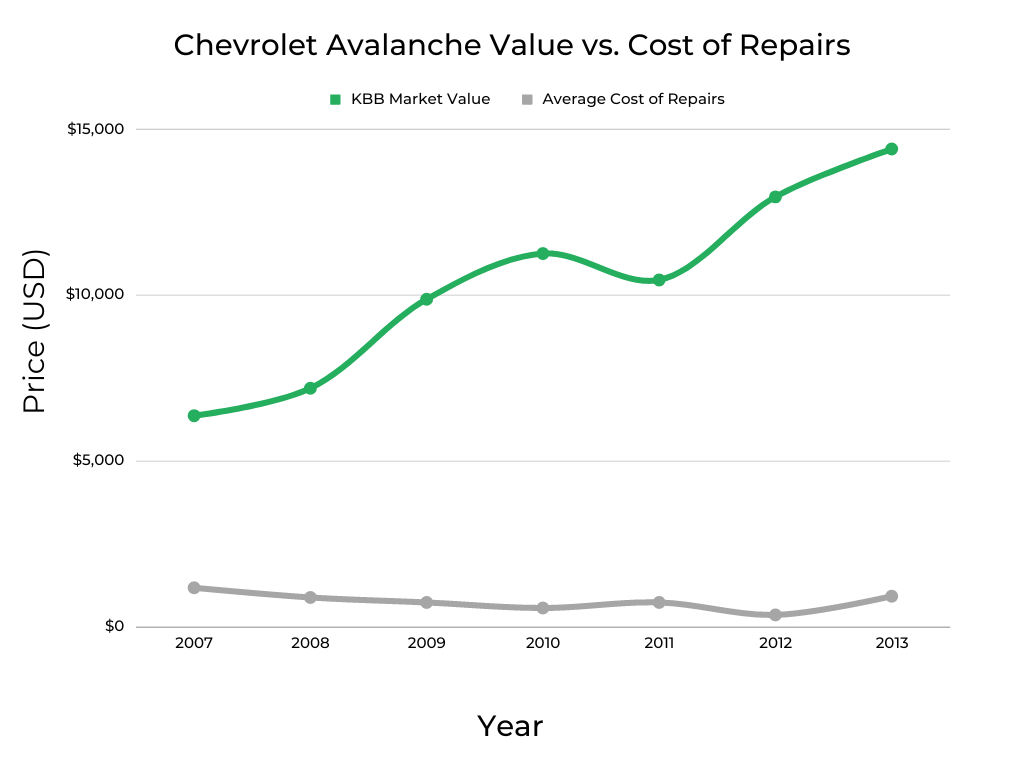
We plotted the average KBB.com market value of the Chevy Avalanche as a green line. We plotted the average annual cost of repairs taken from owner surveys in gray.
The Chevrolet Avalanche holds its value exceptionally well for a truck that’s newest model is a decade old. As expected, the more recent models have higher prices than older ones. However, 2011 ($10,462) is worth less than 2010 ($11,255). This is due to the higher miles reported in the 2011 model year (161,364) than in the 2010 model (125,000).
The vehicle’s large fanbase and low average miles of the ones on the road help keep the market value high compared to other cars. The 2013 Toyota Tundra is only worth $10,396 compared to the 2013 Avalanche’s $14,403. Toyota vehicles are known for holding a high market value.
The repair costs are reasonable and consistent throughout the years of the Chevrolet Avalanche. The truck’s average repair cost between 2007-2013 is $784. The highest is $1,192 in 2007, and the lowest is $375 in 2012.
When shopping for a used Chevrolet Avalanche, it’s important to keep in mind that not all vehicles are cared for equally. To protect yourself from lemons, take along a FIXD Sensor on your test drive. FIXD connects to a free app on your smartphone to tell you more about the vehicle you’re checking out, including check engine lights and other hidden issues that the owner or dealership may be attempting to hide. Click here to learn more and get FIXD for only $19.99 (regular price $59)!
Important Features Timeline
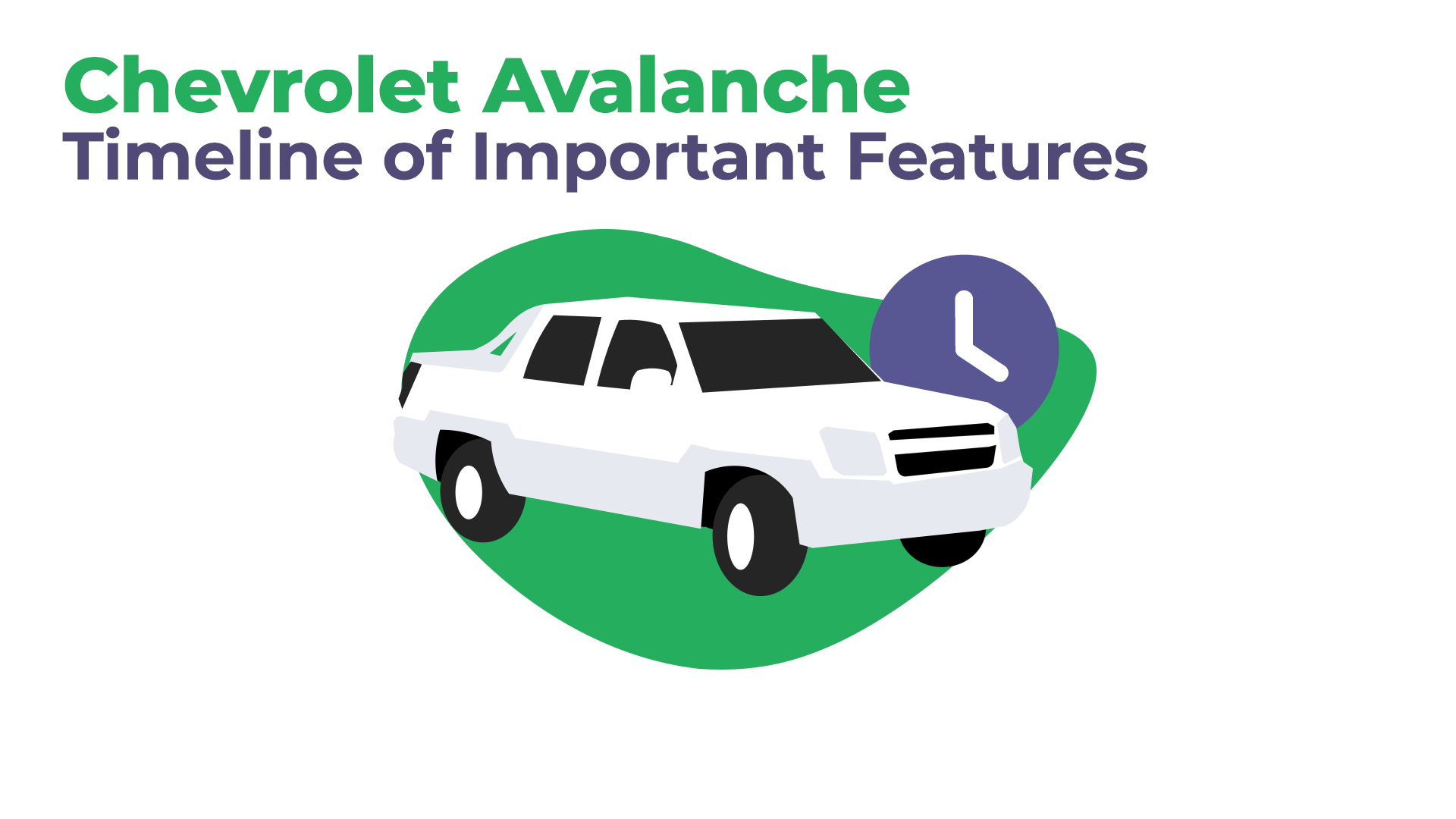
2002: Introduction of the Chevrolet Avalanche, a cross between an SUV and a truck with a mid-gate that extended the bed into the cab
2003: Dual-zone climate control, rear passenger DVD optional, exterior changed mid-year, offering a style without body hardware (WBH)
2004: Hydroboost brakes are standard, 8.1-liter V8 gets a slight power boost
2005: Touchscreen navigation system is optional, and a new chrome exterior accent package is available. Trims make an appearance differentiating interior trim styles between LS and LT levels
2006: Minor exterior updates, tire-pressure-monitor-system (TPMS), and stability control become standard
2007: Complete redesign to introduce the second generation, offered in three trim levels, LS, LT, and LTZ
2008: Side-curtain airbags and satellite radio now standard
2009: New six-speed transmission, better fuel economy, and rear backup camera
2010: 6.0-liter V8 no longer offered, interior technology changes
2011: Unchanged from the previous year, besides new exterior colors
2012: Trailer sway control and hill start assist added to the stability-control system. LT trim has standard heated seats
2013: Commemorative edition for the Avalanche’s final year, called Black Diamond Avalanche, and it received a badge on all models
The Best Years of the Chevrolet Avalanche
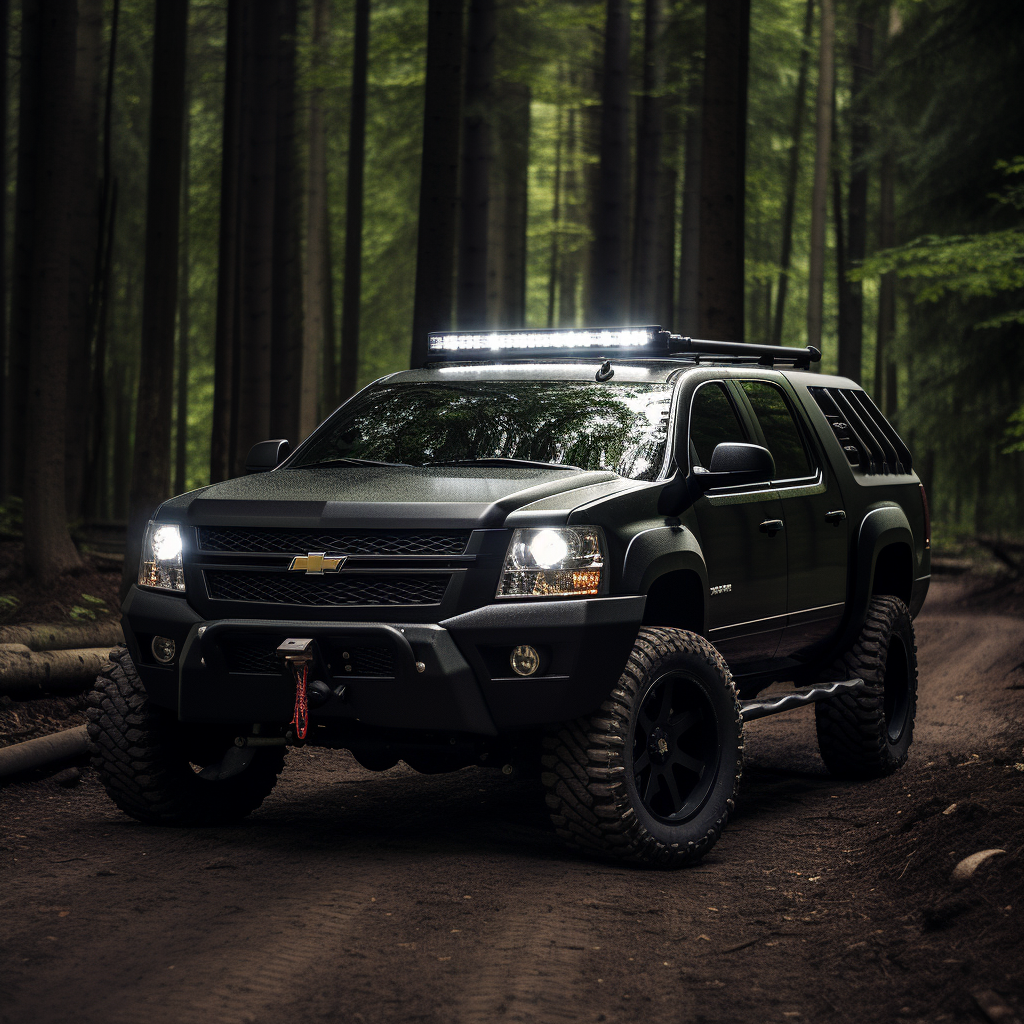
Using reliability scores, safety ratings, and owner feedback, we have compiled a ranking of the most notable years for the Chevrolet Avalanche. We begin with the top-performing years and assess fuel efficiency, current market value, and yearly repair and maintenance expenses. To wrap up the analysis of each model year, we investigate the common diagnostic trouble codes (DTCs), and safety recalls.
While the Avalanche’s first generation spanned from 2002-2006, we could not include it in our best and work rankings due to a lack of data. Additionally, the 2013 Avalanche is the last model year of the truck.
2013 Chevrolet Avalanche
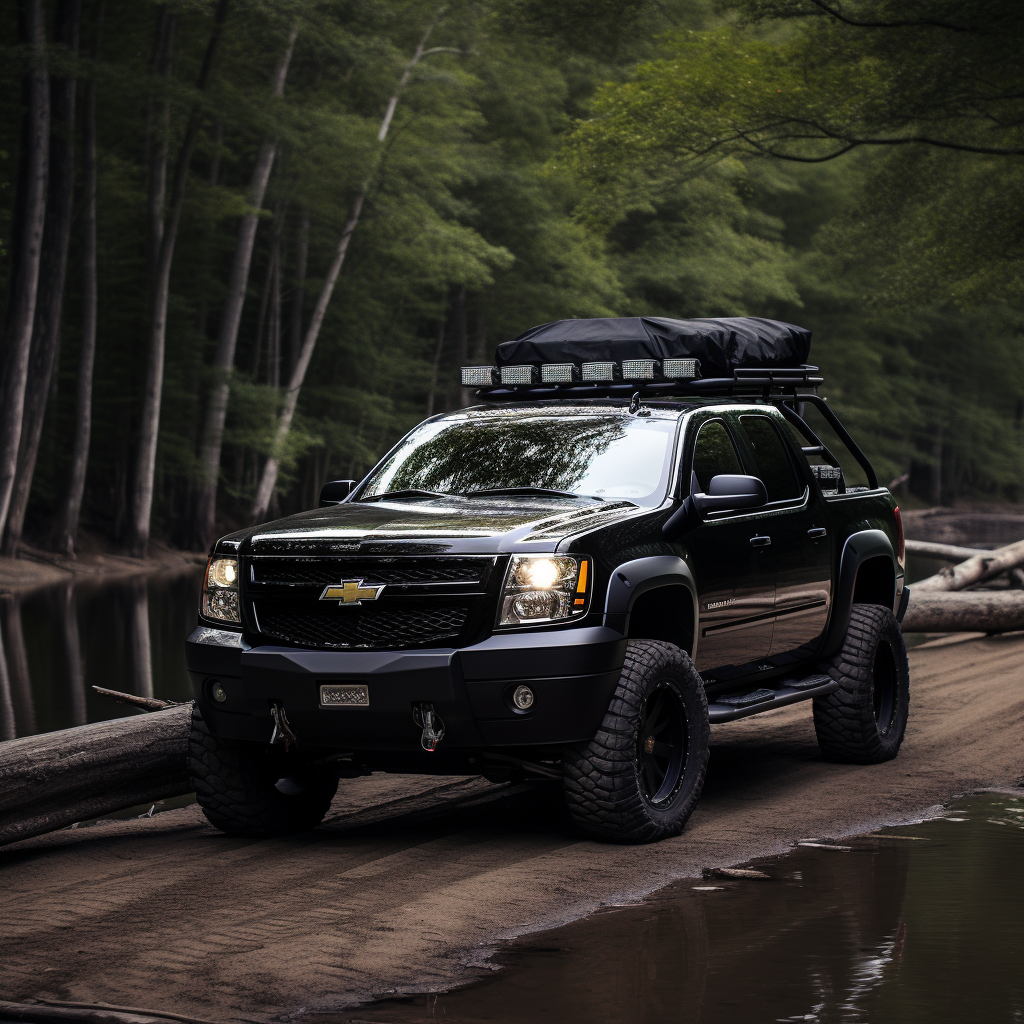
FIXD Reliability Score: 8/10
Owner Reliability Score: 9/10
KBB Value: $14,403
Fuel Economy: 17 mpg(Gas), 13 mpg(E85)
Annual Maintenance/Repair: $938
Safety Rating: 3/5
Chevy produced The 2013 Chevrolet Avalanche in three trims as the Black Diamond Avalanche to commemorate the truck’s final year. Chevrolet discontinued the truck after the last year fell short in its sales expectations, and the automaker began to focus more on the Silverado.
With a FIXD Reliability Score of 8/10 and an Owner Reliability Score of 9/10, the 2013 model year has the best reliability of all the Avalanches. 22% of owners believe their truck will make it past 200,000 miles.
The biggest blemish on the 2013 Avalanche’s record is its dismal safety rating of only three out of five stars. The 2013 Nissan Titan was rated a star better, 4/5.
The average yearly maintenance and repair cost ($938) is slightly higher than the average ($784) but reasonable for a ten-year-old truck. Considering the average miles of the 2013 model are above average at 141,677, you’d expect the repair prices to be a little higher as well.
Two of the most common diagnostic trouble codes in the 2013 Avalanche, P015B and P015D, are linked to faulty oxygen sensors. You’ll pay between $153-$306 for each oxygen sensor you need to replace.
The 2013 Chevrolet Avalanche only has two recalls, one investigation, and 78 complaints. Both recalls are related to the passenger front airbag.
2012 Chevrolet Avalanche
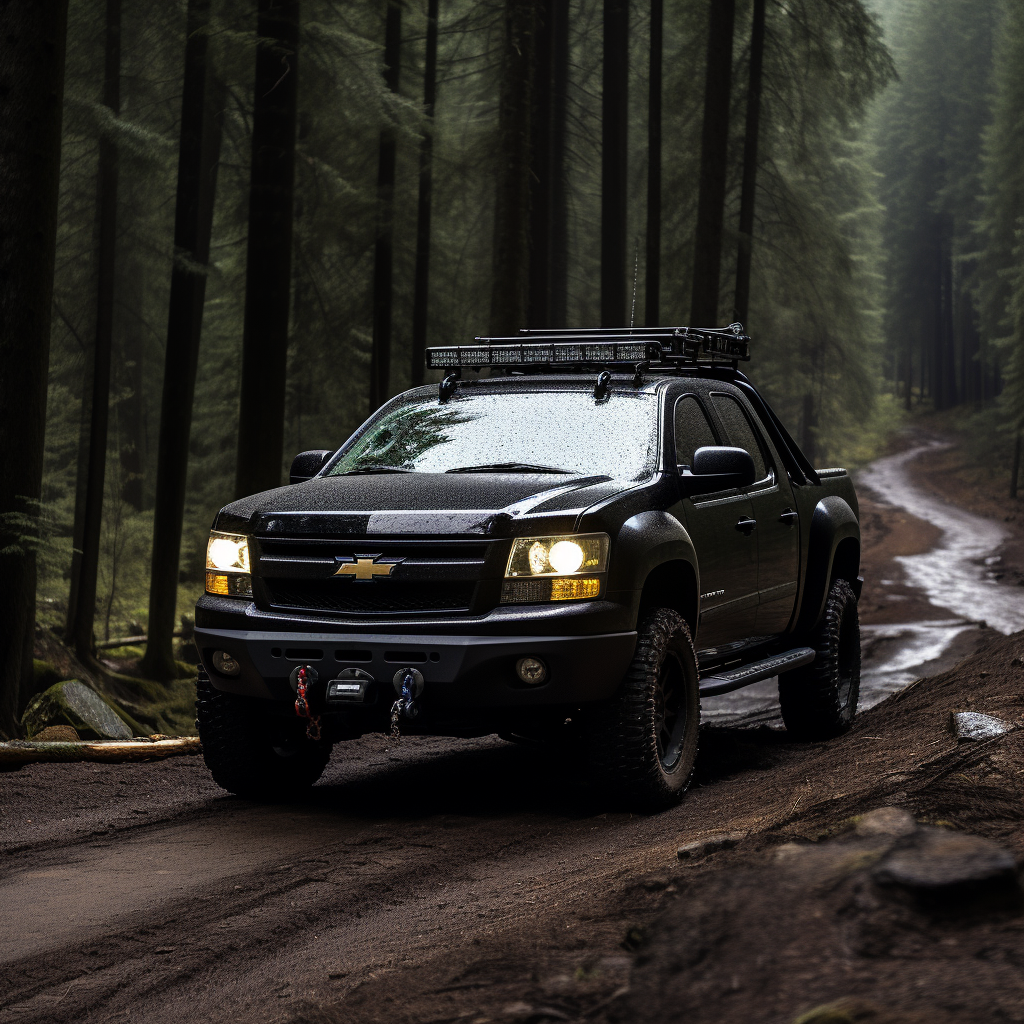
FIXD Reliability Score: 7/10
Owner Reliability Score: 10/10
KBB Value: $12,962
Fuel Economy: 17 mpg(Gas), 13 mpg(E85)
Annual Maintenance/Repair: $375
Safety Rating: 3/5
Continuing to be popular for the mid-gate design, 2012 didn’t change much from 2011. However, Chevy added trailer sway control and hill-start assist to the stability control system, and the LT trim gained standard heated seats.
The 2012 Chevrolet Avalanche is one of the best years with its FIXD Reliability Score of 7/10. It is the only year with a perfect Owner Reliability Score of 10/10. Owners like comfort, sound, and entertainment systems, and 15% believe the car will make it over 200,000 miles.
The safety rating of the 2012 Avalanche is poor, getting only three out of five stars.
The 2012 model year has the best average repair costs, with owners spending only $375 annually. This cost is much less than the $784 average of all years of the second-generation Avalanche.
The most common DTC in the 2012 Chevrolet Avalanche, P0521, will be seen multiple times throughout this article because it is the most common DTC for the 2008-2012 model years. P0521 means “Engine Oil Pressure Sensor/Switch Range/Performance. You’ll most commonly replace the Engine Oil Sending Unit ($91-$151), but other possible repairs exist. They include:
- Top off oil: ($5-$10)
- Oil and filter change: ($136-$149)
- Oil pan replacement: ($654-$740)
- Oil pressure sensor: ($123-$140)
The next most common DTCs are P0300 (random multiple misfires) and P0301 (misfire in cylinder one). Replacing ignition coils ($230-$640) or a spark plug ($58-$167) fixes these check engine lights.
The NHTSA has issued three recalls for the 2012 Chevrolet Avalanche. It also has one investigation and 51 complaints.
2011 Chevrolet Avalanche
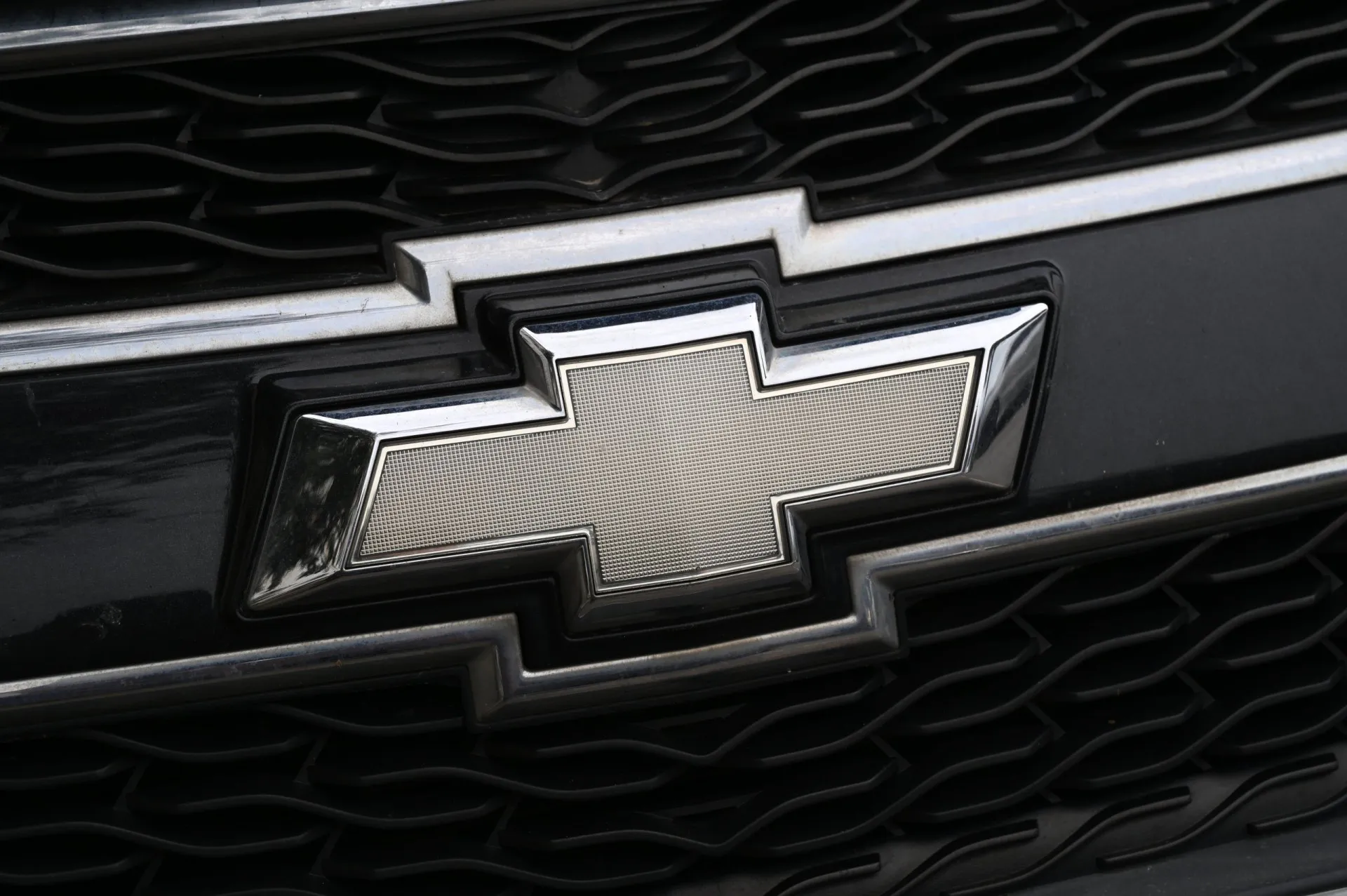
FIXD Reliability Score: 6/10
Owner Reliability Score: 9/10
KBB Value: $10,462
Fuel Economy: 17 mpg(Gas), 13 mpg(E85)
Annual Maintenance/Repair: $750
Safety Rating: 3/5
The last Chevrolet Avalanche on our list of best years is the 2011 model. It was relatively unchanged from 2010 but added a few new exterior colors.
The FIXD Reliability Score is 6/10, while the Owner Reliability Score gets an impressive 9/10. 22% of owners think their 2011 will make it past 200,000 miles, and another 17% enjoyed the storage capabilities.
The safety rating is once again only 3/5. In comparison, the 2011 Ram 1500 received a safety rating of 3.5/5 stars.
This model of the Avalanche stays in line with average annual repair costs, reported at $750. Not bad for a car over ten years old and an average of 161,364 miles.
The most common DTC is P0521, the oil pressure sending unit ($91-$151). The following most common code is P0449, Evaporative System (EVAP) Vent Circuit Control Malfunction. P0449’s biggest culprit is a loose gas cap. The third most common code is P0301, a cylinder one misfire, you’ll fix with a spark plug replacement ($58-$167)
The 2011 Chevrolet Avalanche has the most recalls and complaints out of the best years of the truck. It has five recalls, one investigation, and 153 complaints.
The Worst Years of the Chevrolet Avalanche
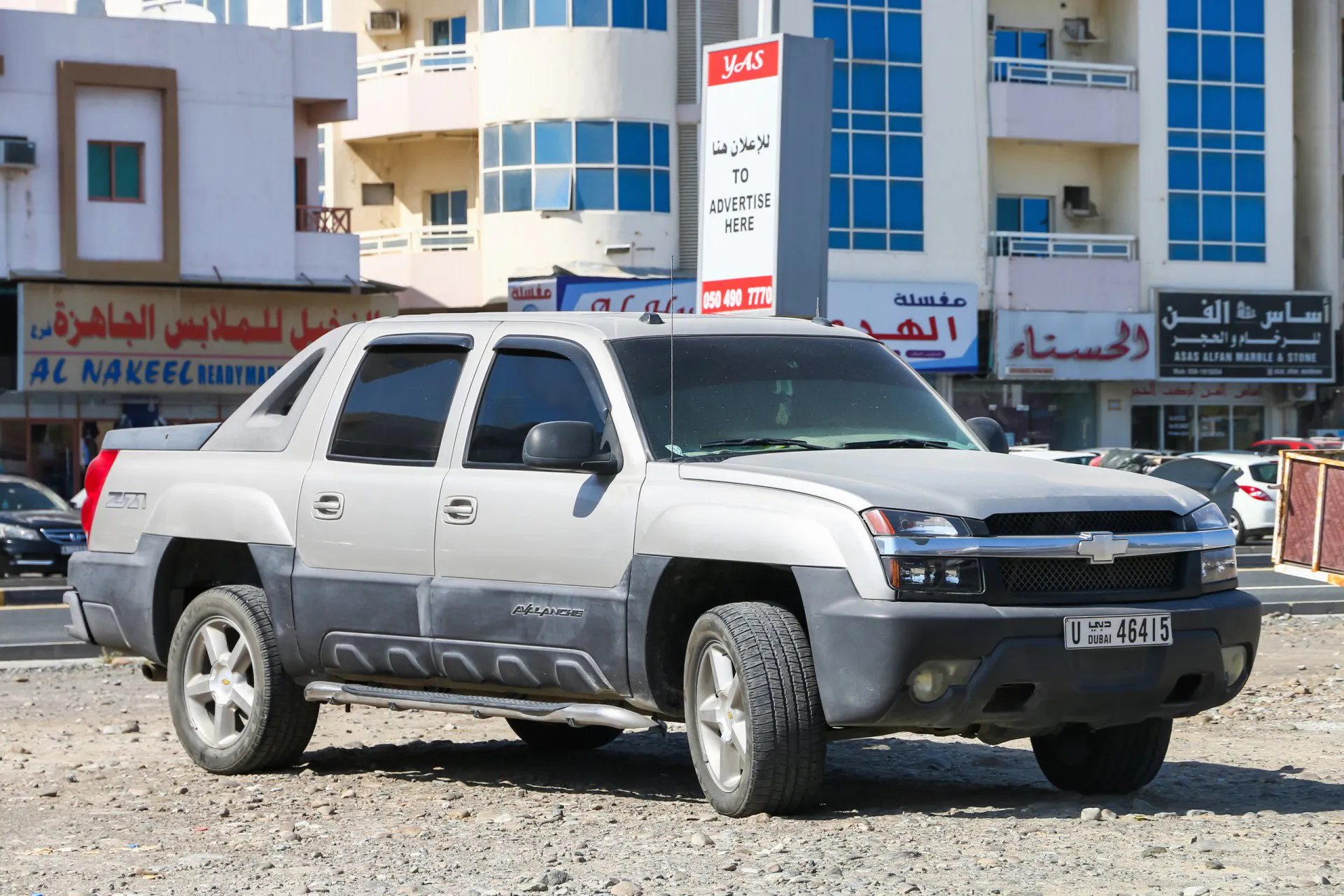
Employing the same data from FIXD devices, owner surveys, and public government sources, we listed the worst Chevrolet Avalanche to the “best of the worst.” These trucks are less reliable and have more reasons to avoid.
2007 Chevrolet Avalanche
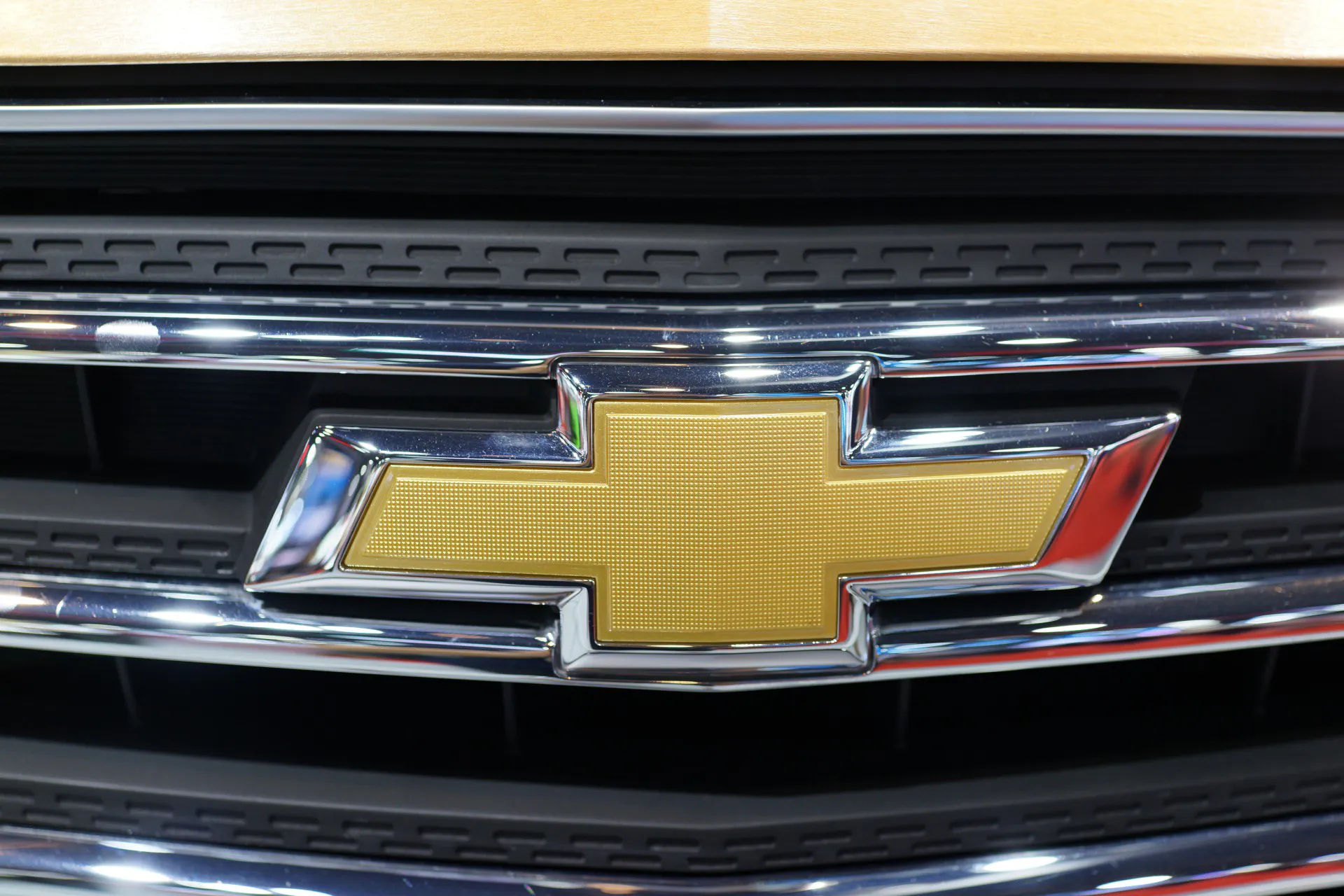
FIXD Reliability Score: 3/10
Owner Reliability Score: 7/10
KBB Value: $6,373
Fuel Economy: 15 mpg(Gas), 13 mpg(E85)
Annual Maintenance/Repair: $1,192
Safety Rating: 4/5
Chevy completely redesigned the 2007 Chevrolet Avalanche and released it as the second generation to eager fans. It used the new body style for the Silverado and Tahoes but kept its mid-gate design. It also used a new material for the black plastic, eliminating the fading and peeling the first generation had to deal with. It is the worst Chevrolet Avalanche due to its low FIXD Reliability Score, high maintenance costs, and high recalls and complaints.
The FIXD Reliability Score is only 3/10, but the Owner Reliability Score stays consistent at 7/10.
The safety rating is four out of five stars, which is better than some Avalanches but is still low enough to be wary about. Its weakest safety point was three out of five stars on the rollover test from NHTSA.
Annual repair costs for the 2007 Chevrolet Avalanche are incredibly high, $1,192, giving more credence to its position as one of the worst Avalanches. 80% of owners claimed they paid for a repair over $500, and 27% of those were in the fuel system. Another 23% were in the brakes, while 20% were engine related.
The most common DTC for the 2007 Avalanche is P0455, which means “System Gross Leak Evaporative System Malfunction” caused by a damaged or loose gas cap. The next most common is P0301, the cylinder one misfire issue. While spark plugs or ignition coils are the most common repairs, here are some other potential causes of P0301:
- Spark plugs: ($66-$250)
- Ignition Coils: ($230-$640)
- Spark plug wires: ($180-$240)
- Fuel injectors: ($1500-$1900)
- Vacuum leak: ($100-$200)
- Fuel pump: ($1300-$1700)
- Fuel pressure regulator: ($200-$400)
Rounding out the top three of the most common DTCs for the 2007 avalanche is P2138, which means the Engine Control Module (ECM) sends different voltage readings from the throttle body sensor to the accelerator pedal position sensor. The possible repairs include:
- Throttle body actuator ($570-$700)
- Throttle position sensor ($170-$230)
- Accelerator pedal position sensor ($130-$200)
- Wiring repair/replacement ($100-$1000)
More reasons to avoid the 2007 Chevrolet Avalanche are its five recalls, three investigations, and 485 complaints.
2009 Chevrolet Avalanche
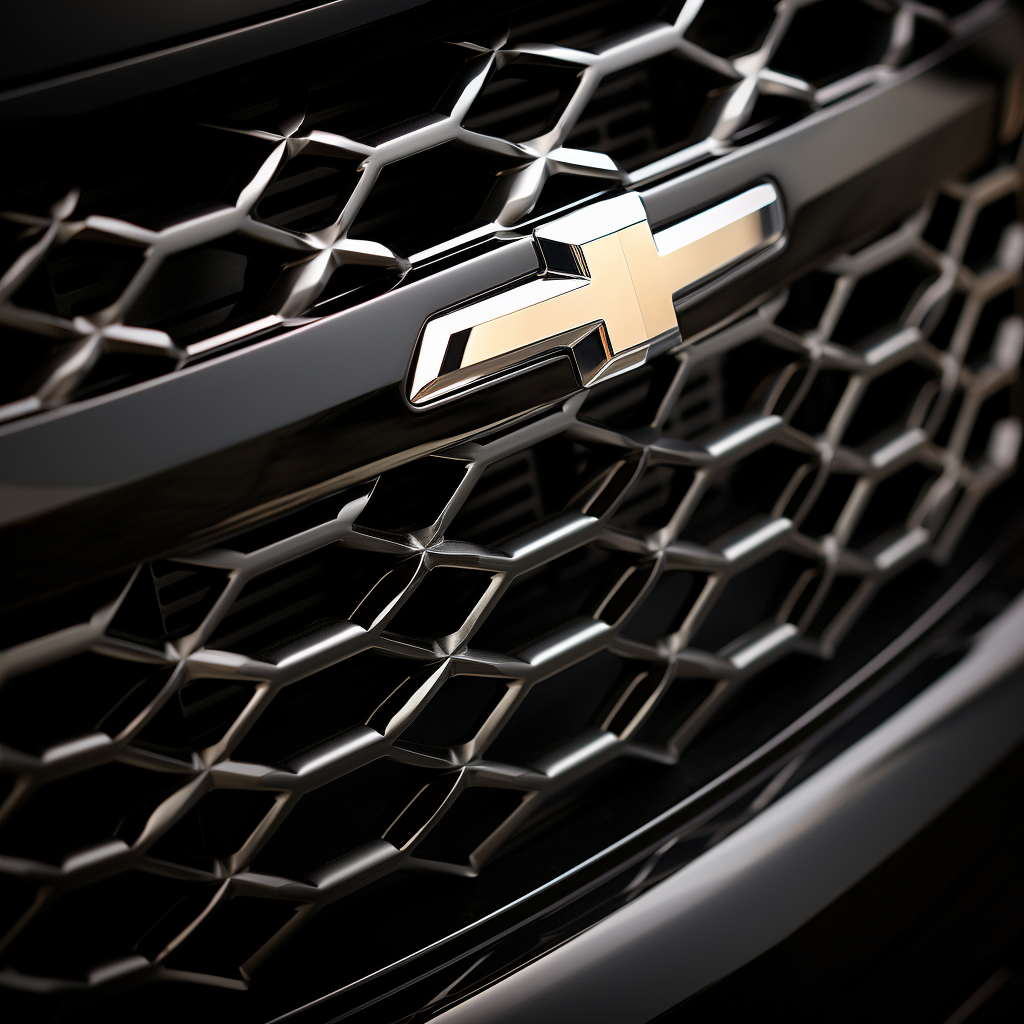
FIXD Reliability Score: 1/10
Owner Reliability Score: 7/10
KBB Value: $9,880
Fuel Economy: 16 mpg(Gas), 12 mpg(E85)
Annual Maintenance/Repair: $750
Safety Rating: 4.33/5
The 2009 Chevrolet Avalanche introduced a new six-speed transmission that improved fuel economy. Although it was only one mile per gallon, it helped reduce costs on a truck many people enjoy.
The 2009 Chevrolet Avalanche is among the worst due to its low FIXD Reliability Score of 1/10. However, people still like this vehicle and believe it to be reliable, with owner surveys giving it an Owner Reliability Score of 7/10.
A silver lining in the 2009 Avalanche is the 4.33/5 safety rating. While it is still below the industry average, it is better than the other Avalanches in this article. However, the 2009 GMC Sierra’s rating is 4.5/5, leading to safer travel and lower insurance rates.
The repair costs are below average at $750 per year, but 100% of owners claimed they had to pay for a single repair costing over $500.
The most common DTC is the oil pressure sending unit (P0521), which costs $91-$151 to replace. Second place in the DTC battle is P0304, a cylinder four misfire. You can solve most misfires with spark plugs ($58-$167) or ignition coils ($230-$640). Third place is P0446, which means “Evaporative Emission Control System Vent Control Circuit Malfunction” Tighten or replace your gas cap ($20-$60) and clear the check engine light.
The 2009 Chevrolet Avalanche has five recalls, one investigation, and 96 complaints.
2010 Chevrolet Avalanche
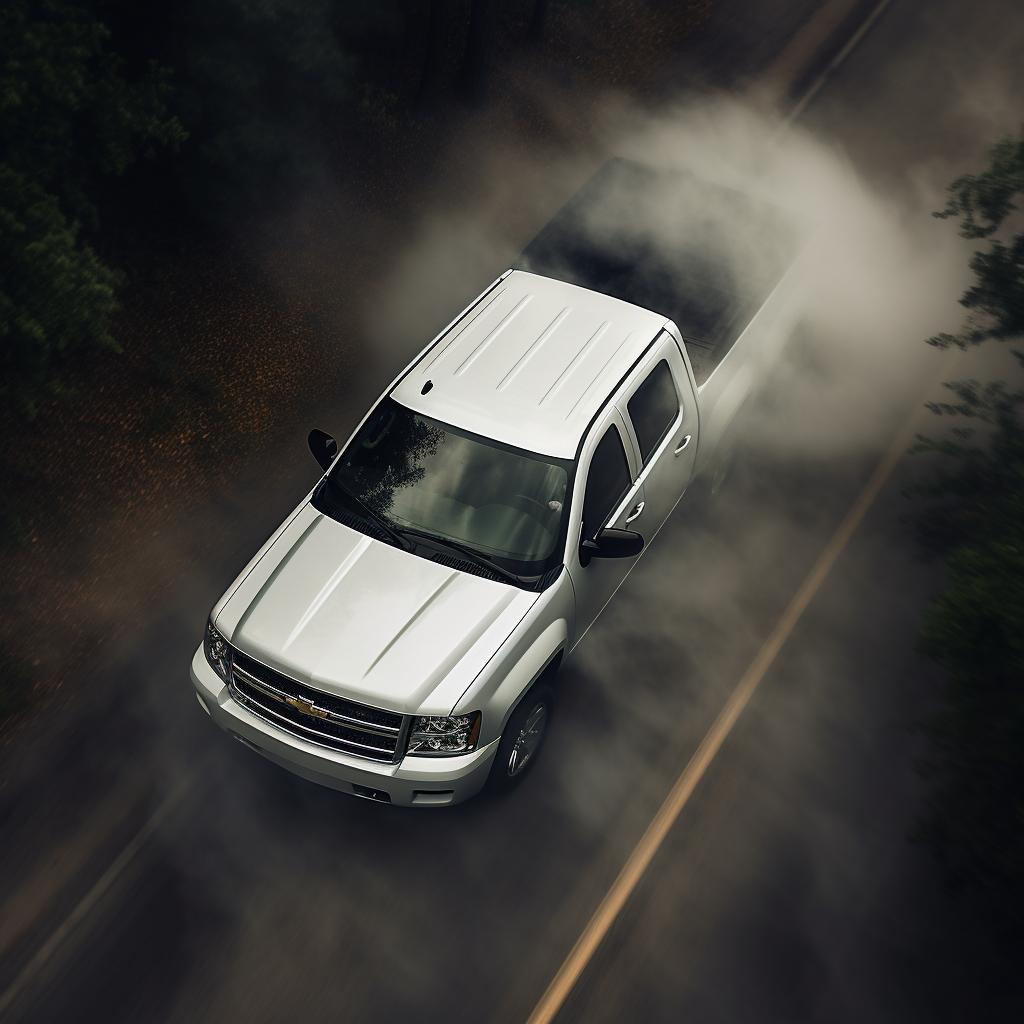
FIXD Reliability Score: 3/10
Owner Reliability Score: 7/10
KBB Value: $11,255
Fuel Economy: 16 mpg(Gas), 12 mpg(E85)
Annual Maintenance/Repair: $583
Safety Rating: 4/5
The 2010 Chevrolet Avalanche is our next worst; the interior technology received minor updates, and the 6.0-liter V8 engine was dropped.
The FIXD Reliability Score is 3/10, and Owner Reliability Score is 7/10. 50% of owners complained about the entertainment system’s functionality.
While the safety rating is below the industry average, it is one of the better Avalanches at four out of five stars. This is good to know, considering the number one use of the vehicle is as a family car. On the other hand, the NHTSA gave the 2010 Chevrolet Silverado a 4.5 out of 5-star rating.
Repair costs are great for the 2010 model, $200 less than the average and only costing $583 per year.
The most common DTC for the 2010 Avalanche is that oil sending unit code, P0521. Replace the unit for $91-$151 to fix the issue. Evaporative emission codes P0449 (Evaporative System (EVAP) Vent Circuit Control Malfunction) and P0455 (System Gross Leak Evaporative System Malfunction) are common in this model. A loose gas cap causes both of these CELs often. However, other parts could be the culprit for both:
- Gas Cap $20-$60
- EVAP Line $20-$100
- EVAP Vent Control Valve $150-$200
- Purge Volume Control Valve $150-$200
The 2010 Chevrolet Avalanche has four recalls, one investigation, and only 115 complaints.
2008 Chevrolet Avalanche

FIXD Reliability Score: 4/10
Owner Reliability Score: 7/10
KBB Value: $7,200
Fuel Economy: 15 mpg(Gas), 12 mpg(E85)
Annual Maintenance/Repair: $900
Safety Rating: 4.33/5
The second year of the second generation, the 2008 Avalanche improved safety and entertainment with standard side-curtain airbags and satellite radio.
The 2008 Chevrolet Avalanche is crowned the “best of the worst,” scoring a FIXD Reliability Score of 4/10. The Owner Reliability Score is 7/10, proving that the fanbase of this vehicle stays consistent even if the overall reliability is down.
This model year also tied 2009 for the highest safety rating of 4.33/5. This rating is decent and even scores higher than the 2008 Nissan Titan (4/5).
While the safety rating might be good compared to other Avalanches, another reason to avoid this model year is the high average repair costs you’ll be subjected to every year. At $900, the 2008 Avalanche costs more yearly than the average $784.
If you were to guess the most popular code in the 2008 Avalanche to be P0521 (Engine Oil Pressure Sensor/Switch Range/Performance), you’d be correct. While the most common repair is inexpensive (oil pressure sending unit – $91-$151), it is a serious code that could cause engine damage if not addressed promptly. P0308, cylinder 8 misfire detected, is another common code caused by a faulty spark plug ($58-167). Last but not least, P0455 often appears after owners fill up their tanks and fail to tighten the gas cap.
The 2008 Chevrolet Avalanche has four recalls, three investigations, and 293 complaints. While two recalls regarding the airbags, the other two are a fire hazard dealing with a short circuit in the windshield washer system.
FAQs
What years of the Chevrolet Avalanche have engine and/or transmission problems?
Chevrolet released the Avalanche with a durable V8 engine, which was dependable throughout its life. There aren’t many complaints about the transmission on the NHTSA website.
According to our FIXD data, the biggest issue is the oil pressure sending unit, which plagued all years between 2008-2012. The good news is that it is a relatively inexpensive repair of only $91-$151. Another lingering problem throughout the years is misfires, which are easily remedied with new sparkplugs.
What is considered high mileage for a Chevrolet Avalanche?
High mileage for a second-generation Chevrolet Avalanche is anything above 135,000. The highest reported average of the truck for the second generation is 185,000 in 2008, while the lowest is 125,000 in 2009 and 2010. The average of all second-generation Avalanches is 151,776 miles.
Our data for the first and second generations shows that the highest reported mileage is 205,000 in 2006, and the average of both generations is 164,460.
Age and mileage are important when considering high mileage in a truck. The average yearly miles is 12,000, so a ten-year-old Avalanche with 120,000 might be considered average, but anything higher could be “high mileage.”
Maintenance history and driving conditions affect a vehicle alongside the number of miles. We recommend having your car inspected by a mechanic to determine current or potential problems that could occur regardless of the odometer reading.
What other vehicles should I consider?
If you’re curious about other vehicles to consider while shopping for a used Chevrolet Avalanche, many different trucks are worth a look. The Ford F-150 stands out with its remarkable towing capacity and diverse engine choices, promising power and practicality. Alternatively, the GMC Sierra offers comparable features to the Avalanche, including ample cabin space and robust towing capabilities.
The Dodge Ram 1500’s reliable performance and array of trim levels make it a strong contender if you’re after a mix of ruggedness and comfort. On the other hand, the Toyota Tundra’s reputation for dependability and substantial resale value could make it an attractive choice.
The Nissan Titan presents a reliable option with a powerful V8 engine and a comfortable interior akin to what you’d find in an Avalanche. Lastly, the Chevrolet Silverado shares similarities with the Avalanche and offers various configurations to suit your hauling and towing needs. Exploring these alternatives through test drives and research will help you find the ideal truck that aligns with your preferences and requirements.
What owners of the Chevrolet Avalanche like to use their car for:
We asked owners, “What do you use your car for?” on a survey and translated the responses to the following table. The Chevrolet Avalanche owners mainly like using their truck as a family vehicle (39%) and for hauling/towing (26%). 20% reported using it for lots of driving, and 6% chose luxurious driving. Another 6% of owners use it for outdoor/off-road driving, 2% use the Avalanche as an office on wheels, and 1% for sport/fast driving.
| Frequent Use Categories: | How Useful? (Out of 5 Stars) |
| Family Vehicle | **** |
| Lots of Driving (travel/long commute) | ** |
| Hauling/Towing | *** |
| Office on Wheels | * |
| Sport/Fast Driving | * |
| Luxurious Driving | * |
| Outdoor/Off-Road | * |
A Note About Data and Information Sources
This article has many details about Chevrolet Avalanche reliability; here’s what we used for our assumptions and recommendations.
- FIXD Reliability Score & Data: Engine reliability information is captured via the FIXD App.
The FIXD Reliability Score is calculated using the number of DTCs per year, weighted by mileage. This is then turned into a scale of 1-10 for easy graphing.
This is an objective score.
- Owner Reliability Score & Data: This data is the result of surveying Chevrolet Avalanche owners who use FIXD.
The Owner Reliability Score comes straight from owners of the Chevrolet Avalanche.
This is a subjective score.
To determine the Owner Reliability Score we ask each car owner:
How reliable would you say your Chevrolet Avalanche is?
a. Just point A to point B driving
b. A Daily Commuter
c. Good for a 100 mile road trip
d. Good for a 500 mile road trip
e. I could take a cross-country road trip, no problem
From here we translate their answers into the Owner Reliability Score:
a. = 2
b. = 4
c. = 6
d. = 8
e. = 10
Keep in mind, owners may think their car is more or less reliable than it actually is.
One potential problem is that people often buy the same make or model they are used to when they go car shopping, just a newer year.
Ford, for instance, has a number of consumer loyalty awards for the Ford F-Series, Ford Mustang, and Ford Expedition.
Car owners may be so loyal to the make or model they currently own that they would have trouble accurately comparing their cars’ reliability to others.
It’s for this reason that we ask car owners a question that is relative to mileage rather than relative to other cars.
Still, be mindful of the accuracy of these Owner Reliability Scores, people’s perceptions and unconscious blindspots can skew data.
We suggest looking at both the FIXD Reliability Score and the Owner Reliability Score for this reason.
- KBB Value: Average private-seller valuations as supplied by Kelley Blue Book (KBB), based on a Chevrolet Avalanche with typical mileage for that respective model year.
- Fuel Economy: Mileage-per-gallon estimates according to the EPA MPG on Fueleconomy.gov
- Annual Maintenance/Repair: Upkeep expenses as reported by surveyed Chevrolet Avalanche owners
- Safety Rating: Crash test data collected and reported by NHTSA. We average all ratings for each year to come up with a simplified, average safety score. This makes it easier to look at on a graph.
References
- Chevrolet Avalanche model-specific information, edmunds.com (various dates). Retrieved August 14th, 2023, from https://www.edmunds.com/
- Model-specific recall information as per the National Highway Transportation Safety Administration. Retrieved August 14th, 2023, from https://www.nhtsa.gov/recalls

Keith Rollins is a copywriter and author that has been involved in the automotive industry for over 12 years. He has written for hotcars.com and is featured on Copywriting.org. When he’s not writing he’s spending time with his three kids, hiking, working on cars, or running. You can see his work at keithrrollins.com.

